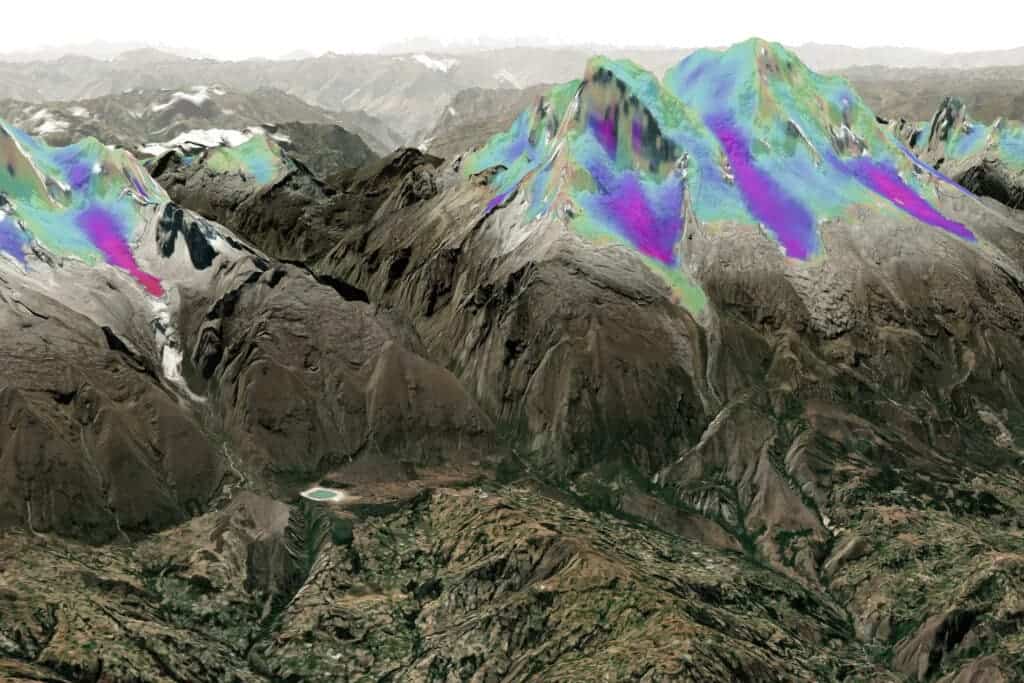Scientists have measured the thickness and movement of over 250,000 mountain glaciers using a set of new techniques. The study revised previous estimates of glacial ice volume, finding that there’s 20% less ice available in the world’s glaciers.

Almost two billion people rely on glaciers and snowpack as their main source of drinking water, according to previous estimates. But as temperatures rise and rainfall patterns shift because of climate change, these glaciers are thinning and retreating. When snowpacks shrink, so does the amount of water stored in these water towers.
This raises concerns for communities that rely on seasonal melt from glaciers to feed local rivers, from which they obtain water for drinking, power generation, and agriculture. If glaciers have less ice, as the study showed, water will run out in many parts of the world sooner than expected, bringing a set of problems for communities.
“These communities need to know how long their glaciers will continue to provide water and what to expect as the glaciers disappear so they can prepare.” Mathieu Morlighem, one of the authors of the study, wrote in a blog post. “In most places, we found significantly lower total ice volumes than previous estimates indicated.”
Researching glaciers
Using satellite imagery, the researchers created the world’s first atlas to measure the thickness and movement of glaciers. Glacier ice acts like thick syrup when it’s thick enough, Morlighem explained. This allows to measure how to face the ice is moving using satellite images and map its speed, ranging from a few feet to about one mile per year.
The researchers used over one million hours of computing time to analyze almost 812,000 pairs of high-resolution satellite photos. They covered 98% of the areas of the planet that were covered in glaciers from 2017 and 2018. That includes glaciers that haven’t been mapped before in areas of South America, Europe, and New Zealand.
The study found more ice in some regions and less in others, with the overall result being that there’s less ice worldwide than previously thought. In the tropical Andes mountains of South America, ranging from Venezuela to Chile, there’s 23% less ice than previously estimated, which means those living downstream will have less time to adjust to climate change.
On the contrary, the Himalayan mountains in Asia were found to have one-third more ice than previous estimates. This gives communities that rely on those glaciers more time to cope with climate change but doesn’t change the fact that glaciers are melting because of temperature rise. Almost everywhere else the ice is thinner, the study showed.
“Policymakers should look at these new estimates to revise their plans. We do not provide new predictions of the future in this study, but we do provide a better description of what the glaciers and their water supplies look like today,” Morlihem wrote. “We have made a lot of progress in reducing the overall uncertainty.
The study was published in the journal Nature.









